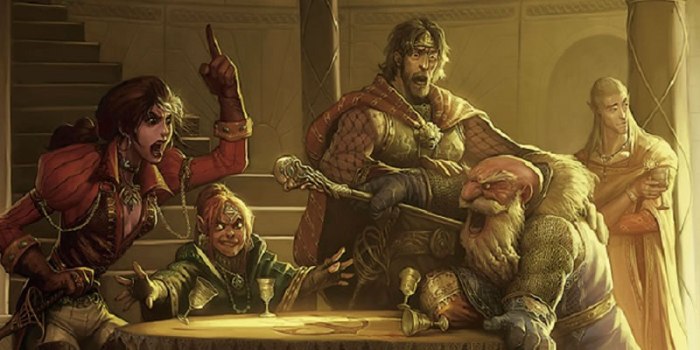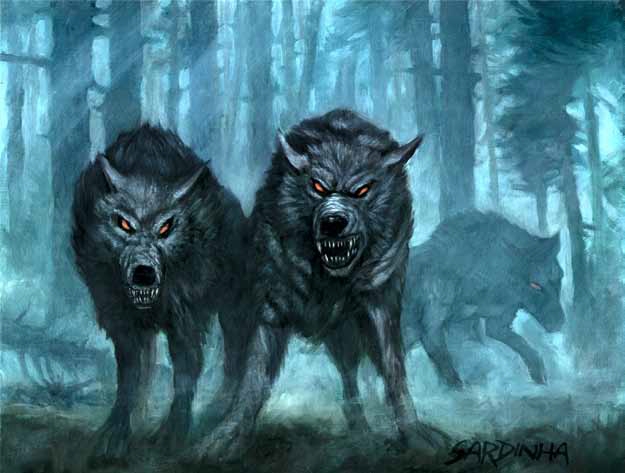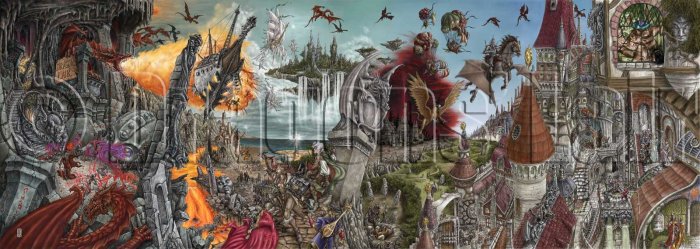
When I first began role-playing, I did not even know what a role-playing game was. I was just a young kid pretending sticks my cousins, siblings, and friends and I would pickup were various weapons and implements of wizardry. We were knights, warlocks, demons, and all of our favorite heroes from pop-culture like The Ninja Turtles and G.I. Joe. We did not have, nor need any codified rules, miniatures to represent us, or maps to explore. We could just play and imagine and that was enough at first.
But somewhere along the way we began wanting a more consistent world to interact in, with characters that had definitive abilities and means of both taking and dealing damage. I still had barely heard of D&D at the time, and so I simply invented means of codifying our games. I would draw elaborate maps on huge sheets of construction paper, and we would use several decks of cards, often times modified based on the character to simulate attacks and defenses of varying strengths. 1 card was a basic attack or defense, whereas several cards would be used for more advanced techniques. It was a very crude game at best, but it worked for our purposes and that was enough.
“In order to keep up with the growing complexity of my games, I began using more and more tools…”
We would continue playing games using basic homemade rules like that for years until I inherited the red and blue boxes when my grandfather passed away. Everything changed after that day. I instantly began reading through the books cover to cover. I finished the solo quest my grandfather had started. I was hooked instantly. I finally had a system that was robust (compared to my simple games) and had detailed illustrations and stats for dozens of creatures and different characters to be. I ran my first session shortly after that (read about that HERE) and my games have grown ever more and more complex. In order to keep up with the growing complexity of my games, I began using more and more tools to help me create the most polished and immersive game possible. What began with simple sticks had grown to a collection of dice, books, miniatures, maps, and even a few props.
Entering the Digital Age
The dawn of the virtual tabletop was a game changer for DMs like myself. Whereas I had always wanted to create elaborate scenes using modelling and sculpture, I never had the space, money, or even the skills to do so. Sure I could roll out my 8′ x 4′ battle mat and plop down my Colossal Red Dragon miniature if I wanted to, but I could never have the full-fledged castle siege with full scenery like I desired. But VTTs gave me the ability to setup all of the worlds and scenarios I could possibly imagine. Now my players could instantly be transported from traversing sandy desert dunes, to being thrown into mountain top battles. From lost cities of legend, to outer space, or beyond! I could throw monsters at them that could never be realized with mere miniatures. From the fantastical creatures that are too niche or difficult to create as a sculpt, to those times when you need something that would simply be far too large to be cast in any medium.
Learning how to use these tools to their fullest extent has been extremely rewarding both to my games and players, as well as myself personally. Now when my players encounter a glowing demon from the realms of chaos, it actually glows! When I describe that my players cannot see but a few feet in front of them due to the extreme darkness, they can literally only see what I am describing on their screens! With a little more work you can even add in effects such as blood trails from wounded opponents, and flashy effects whenever someone casts a spell. The possibilities are becoming more and more endless, and for a game like ours, that is the goal!
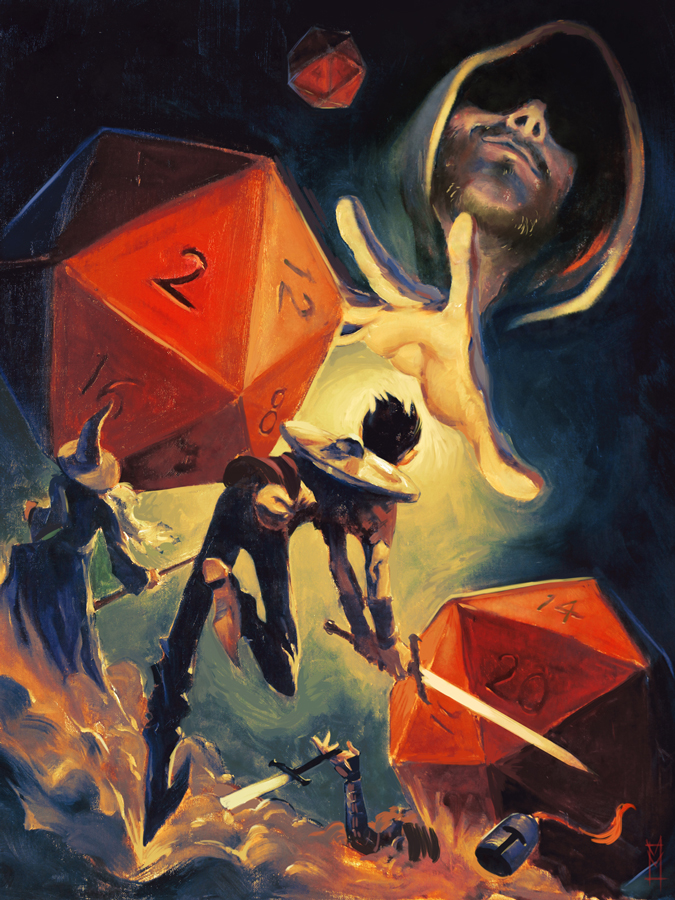

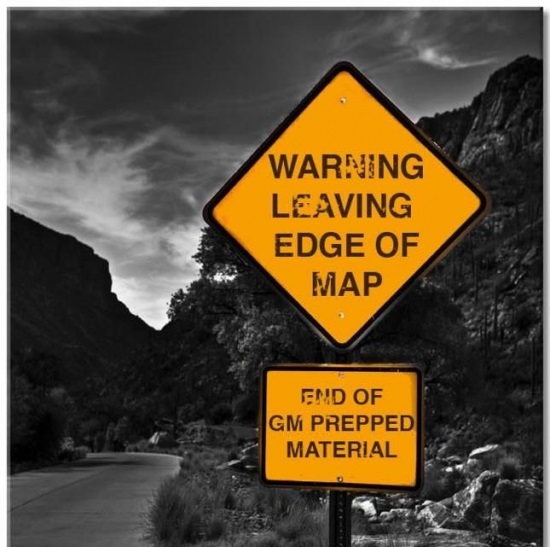
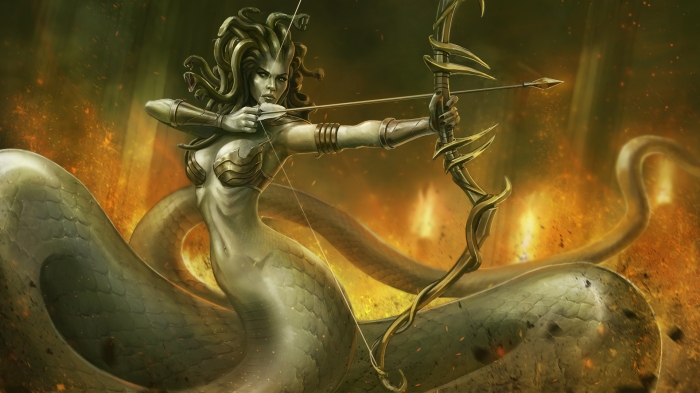 My first steady group of players started playing with me around the time 2nd Edition D&D was dying. My older brother, and two friends of ours, joined me (as the Dungeon Master, of course) in my first real group campaign. My brother had rolled up a Centaur with a Dire Tiger companion. One of our friends was a Half-Elf Wizard, while the other one was a Human Monk (well sort-of, but that is another story for another time.) I was still in the habit of drawing up a character with everyone else, so I drew up, you guessed it, another Elven Wizard, but this time he was a Wizard/Cleric.
My first steady group of players started playing with me around the time 2nd Edition D&D was dying. My older brother, and two friends of ours, joined me (as the Dungeon Master, of course) in my first real group campaign. My brother had rolled up a Centaur with a Dire Tiger companion. One of our friends was a Half-Elf Wizard, while the other one was a Human Monk (well sort-of, but that is another story for another time.) I was still in the habit of drawing up a character with everyone else, so I drew up, you guessed it, another Elven Wizard, but this time he was a Wizard/Cleric.